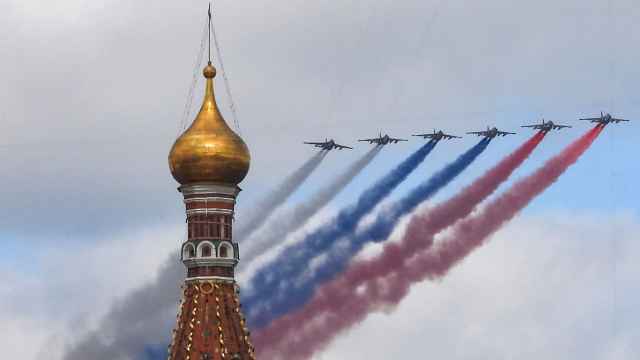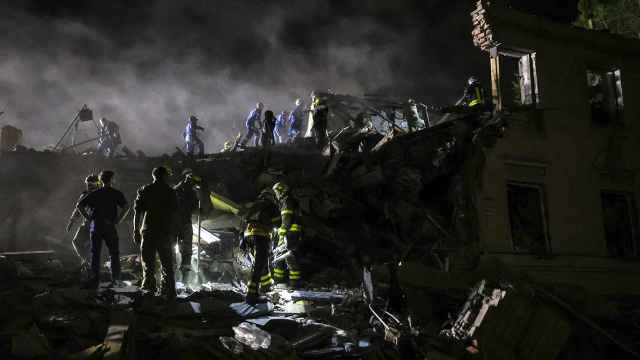In Photos: On Russia's Remote Wrangel Island, a Haven for Arctic Wildlife
In the remote waters of the Arctic Ocean above Russia's Far East mainland lies Wrangel Island — a rugged, mountainous stretch of land that remains barely touched by human life.
The 91st-largest island in the world, Wrangel Island covers an area roughly the size of Crete and is under UNESCO protection.
As the island is sparsely populated by humans, it serves as a vital habitat for rare plant and animal species.
Yet this habitat is under threat.
Russian officials are considering undoing some of the island's environmental protections in order to turn it into a staging ground for military exercises, the Kedr.media environmental news outlet reported Thursday.
Here's a look at photos of the island's unique ecosystem:
The 91st-largest island in the world, Wrangel Island covers an area roughly the size of Crete and is under UNESCO protection.
As the island is sparsely populated by humans, it serves as a vital habitat for rare plant and animal species.
Yet this habitat is under threat.
Russian officials are considering undoing some of the island's environmental protections in order to turn it into a staging ground for military exercises, the Kedr.media environmental news outlet reported Thursday.
Here's a look at photos of the island's unique ecosystem:
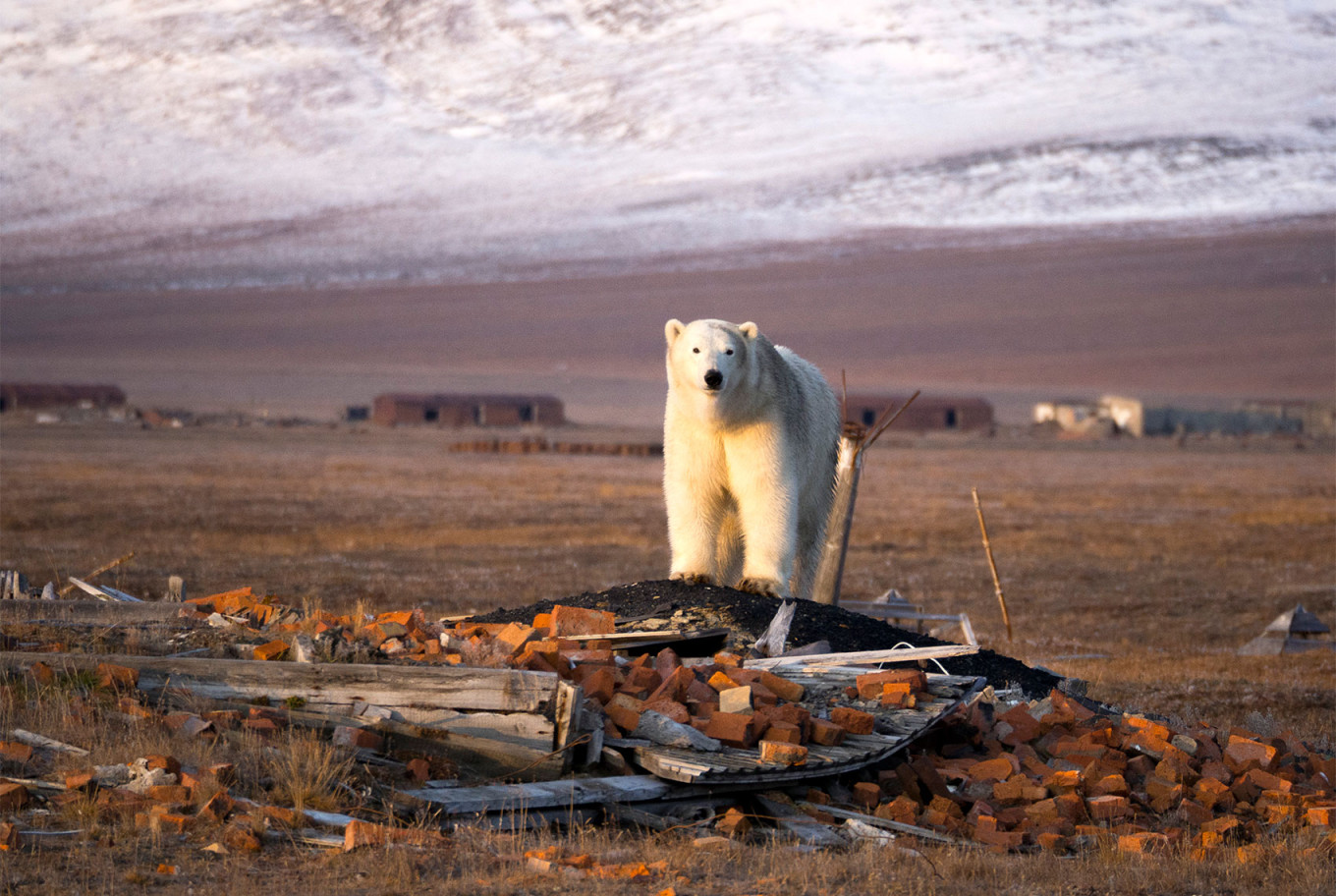
Wrangel Island is one of the world's largest gathering places for polar bears.
Anastasia Igorevna Petukhova (CC BY-SA 4.0)
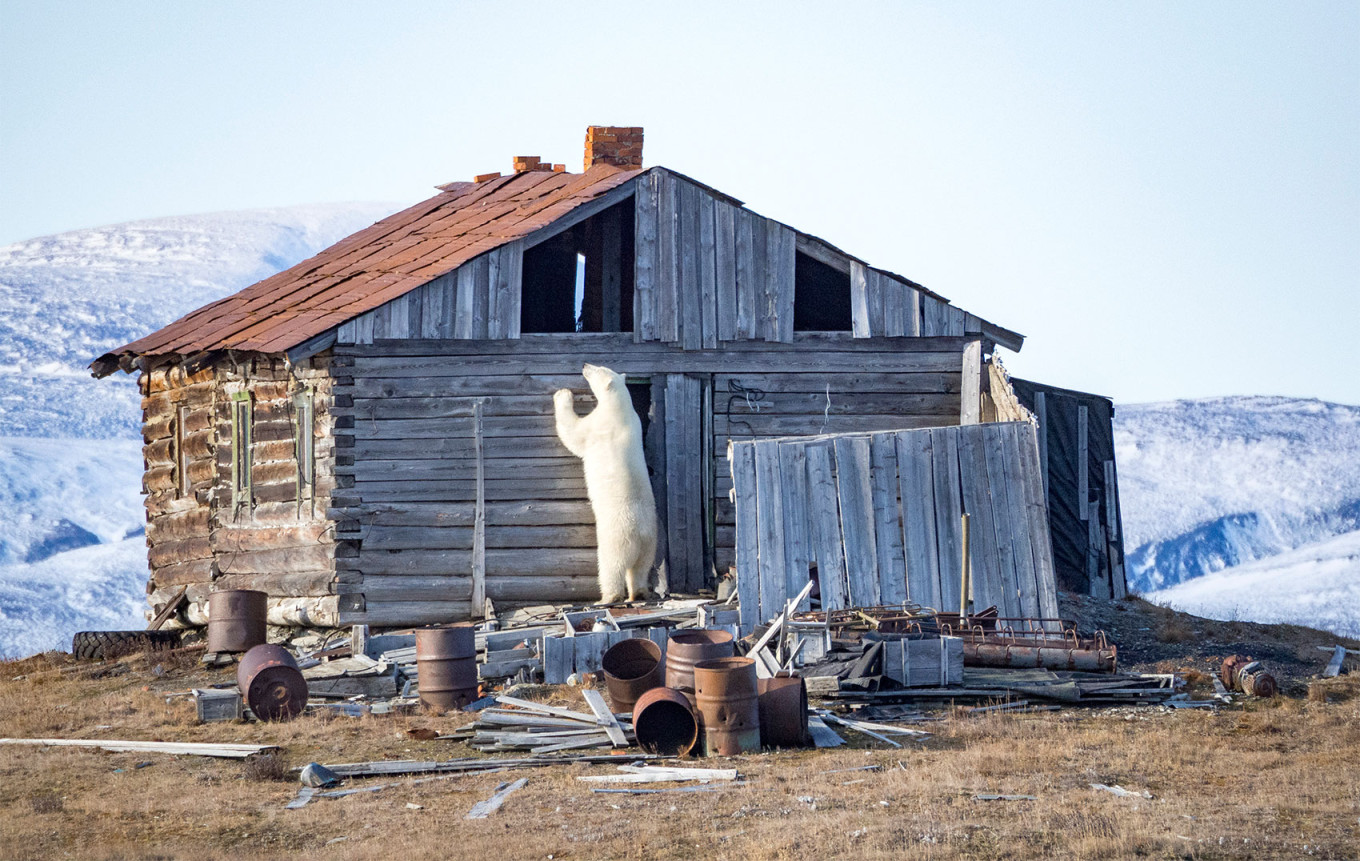
Polar bears are often seen investigating abandoned houses and weather stations on the island.
Anastasia Igorevna Petukhova (CC BY-SA 4.0)
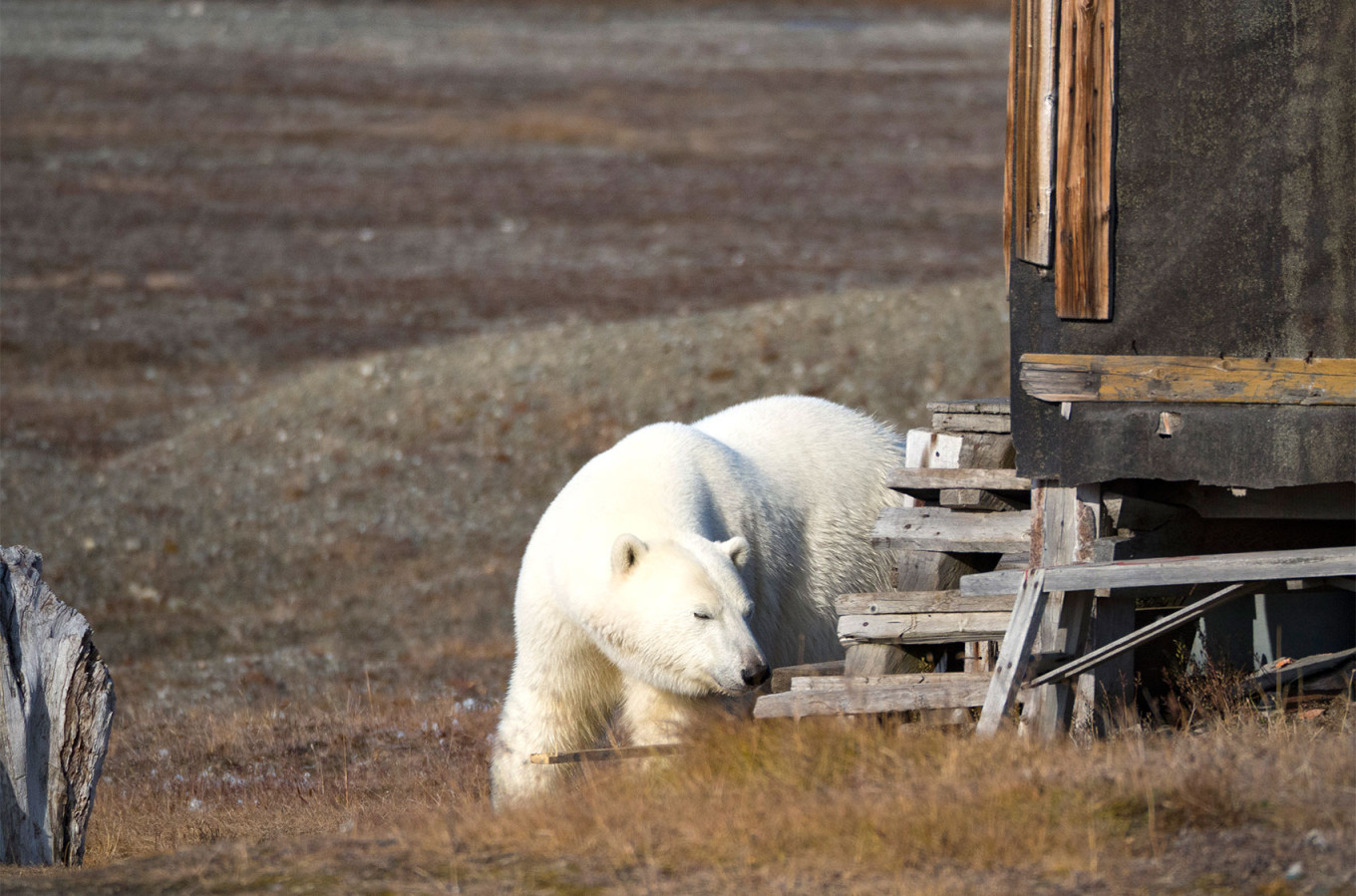
Environmentalists warn that even a slight disturbance of the island's ecosystem could threaten its polar bear population.
Anastasia Igorevna Petukhova (CC BY-SA 4.0)
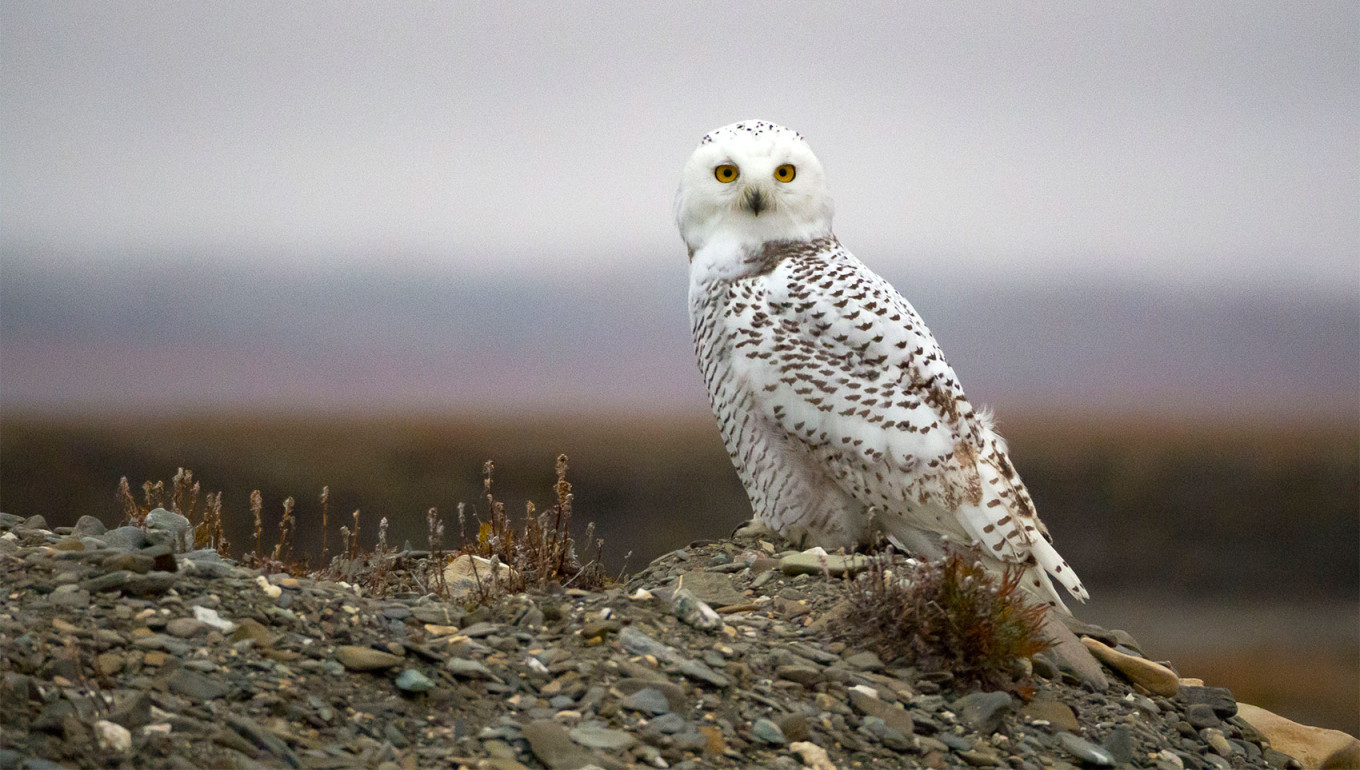
A snowy owl photographed on Wrangel Island.
Anastasia Igorevna Petukhova (CC BY-SA 4.0)
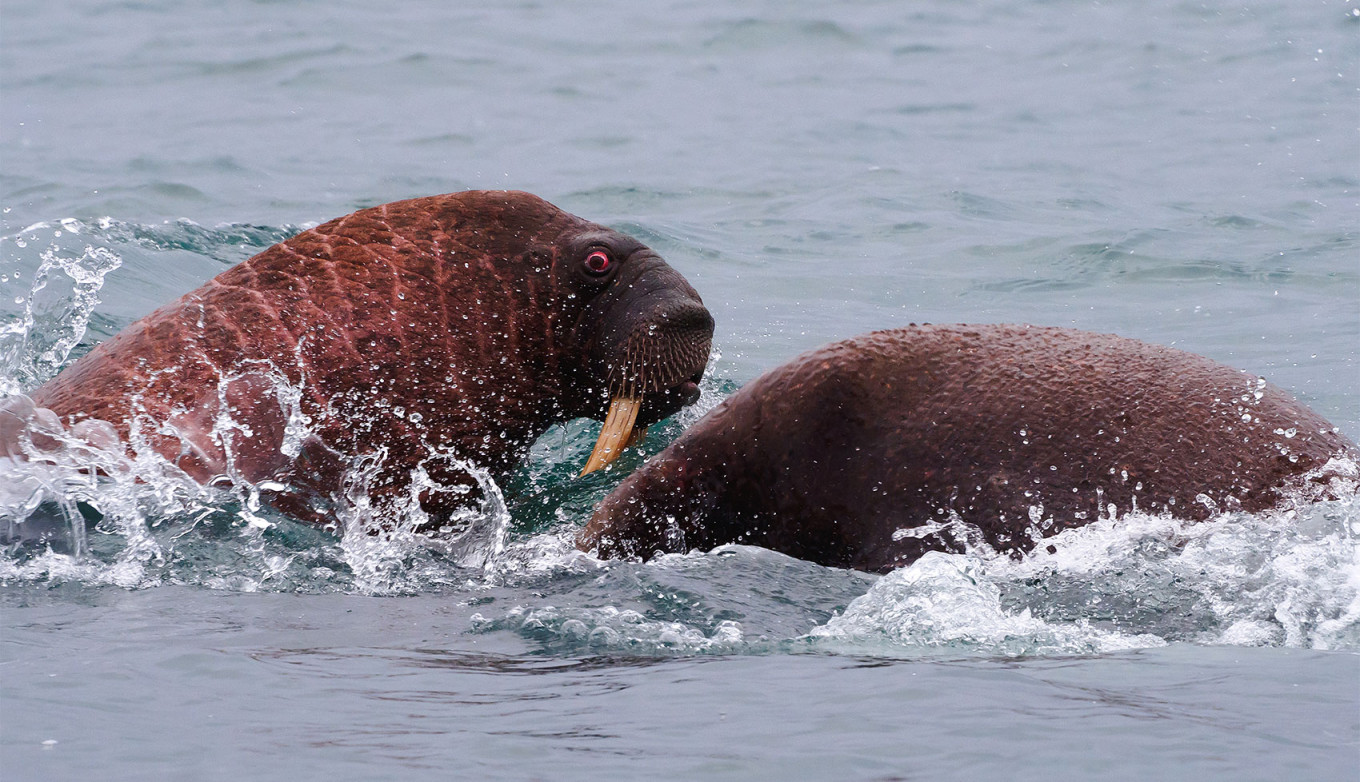
The island is home to the world's largest population of Pacific walruses.
Anastasia Igorevna Petukhova (CC BY-SA 4.0)
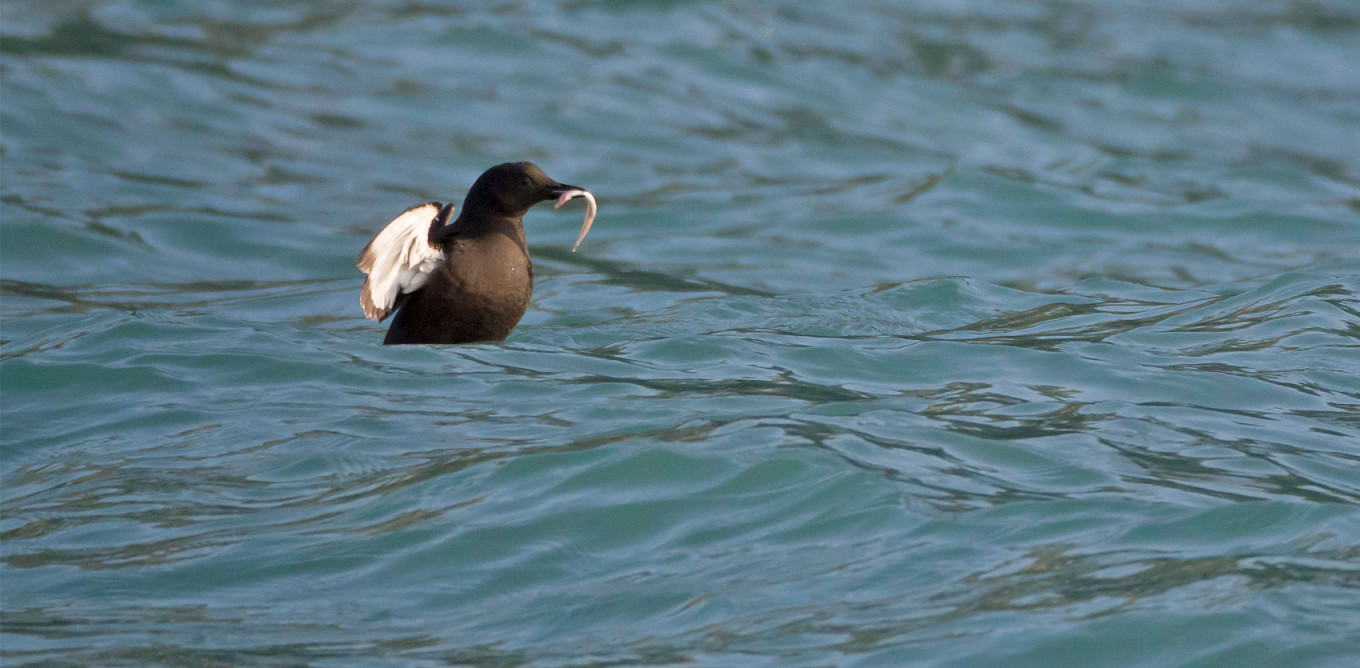
The pigeon guillemot can be found throughout coastal areas of the Pacific.
Anastasia Igorevna Petukhova (CC BY-SA 4.0)
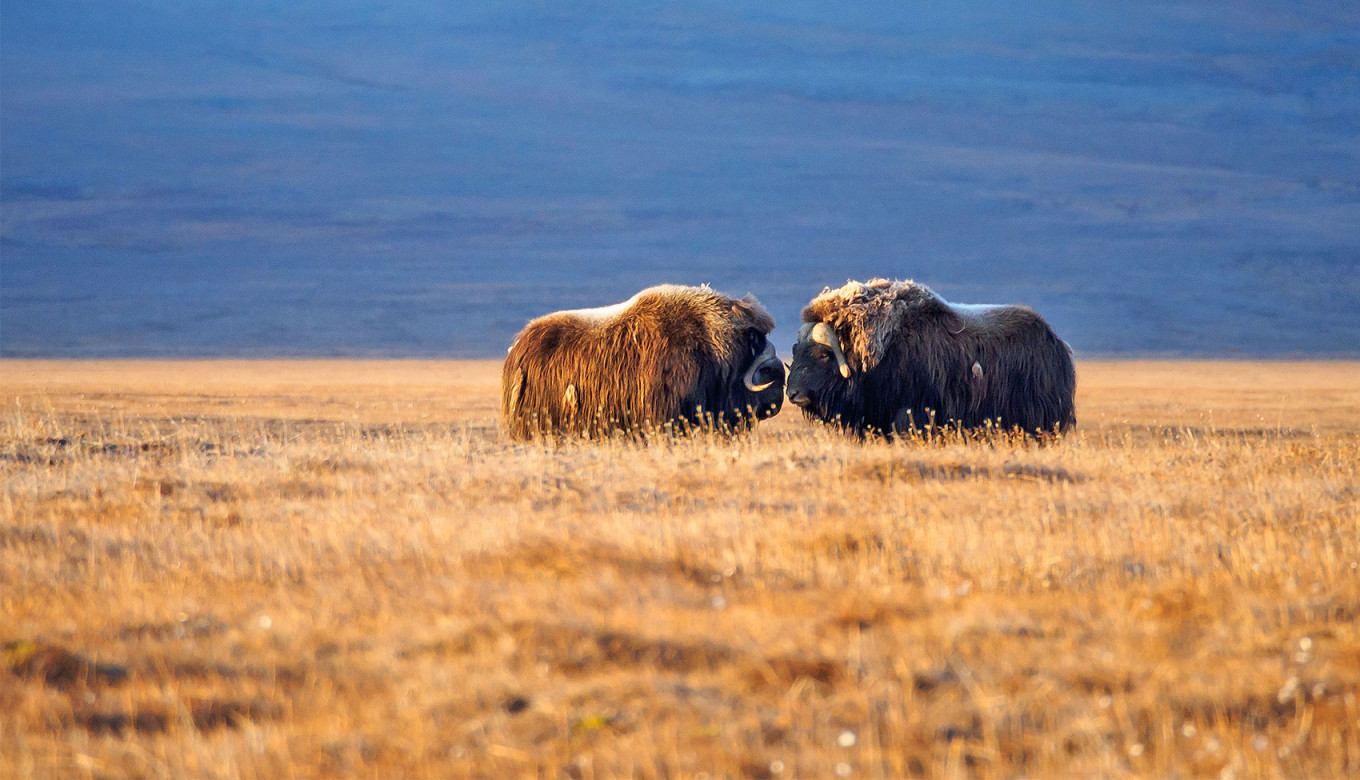
Roughly 900 muskoxen roam Wrangel Island today after the species was reintroduced in the 1970s.
Anastasia Igorevna Petukhova (CC BY-SA 4.0)
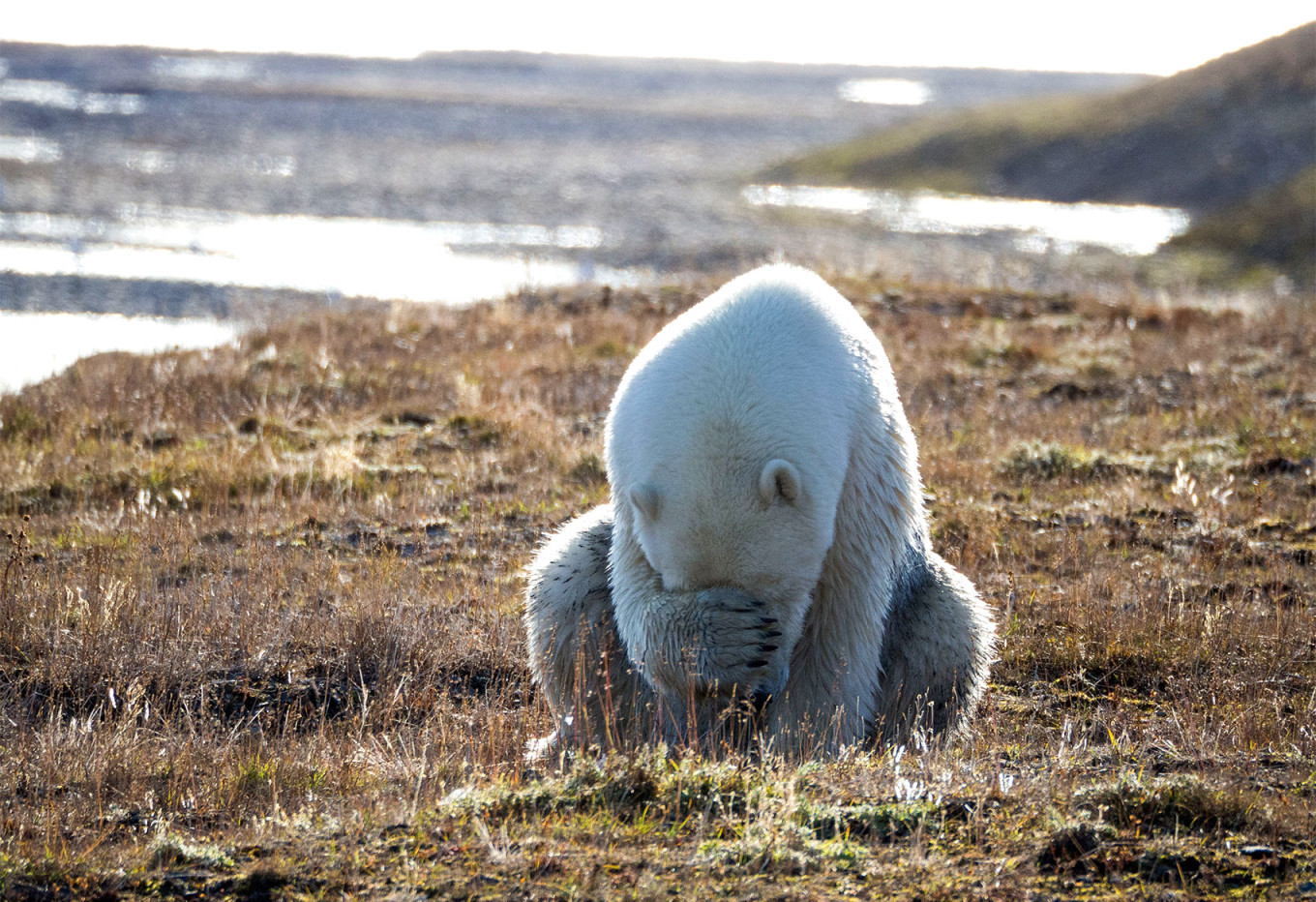
As the Arctic continues to warm faster than the rest of the planet and warms the region's ice coverage, the island is increasingly important as a resting place for polar bears.
Anastasia Igorevna Petukhova (CC BY-SA 4.0)
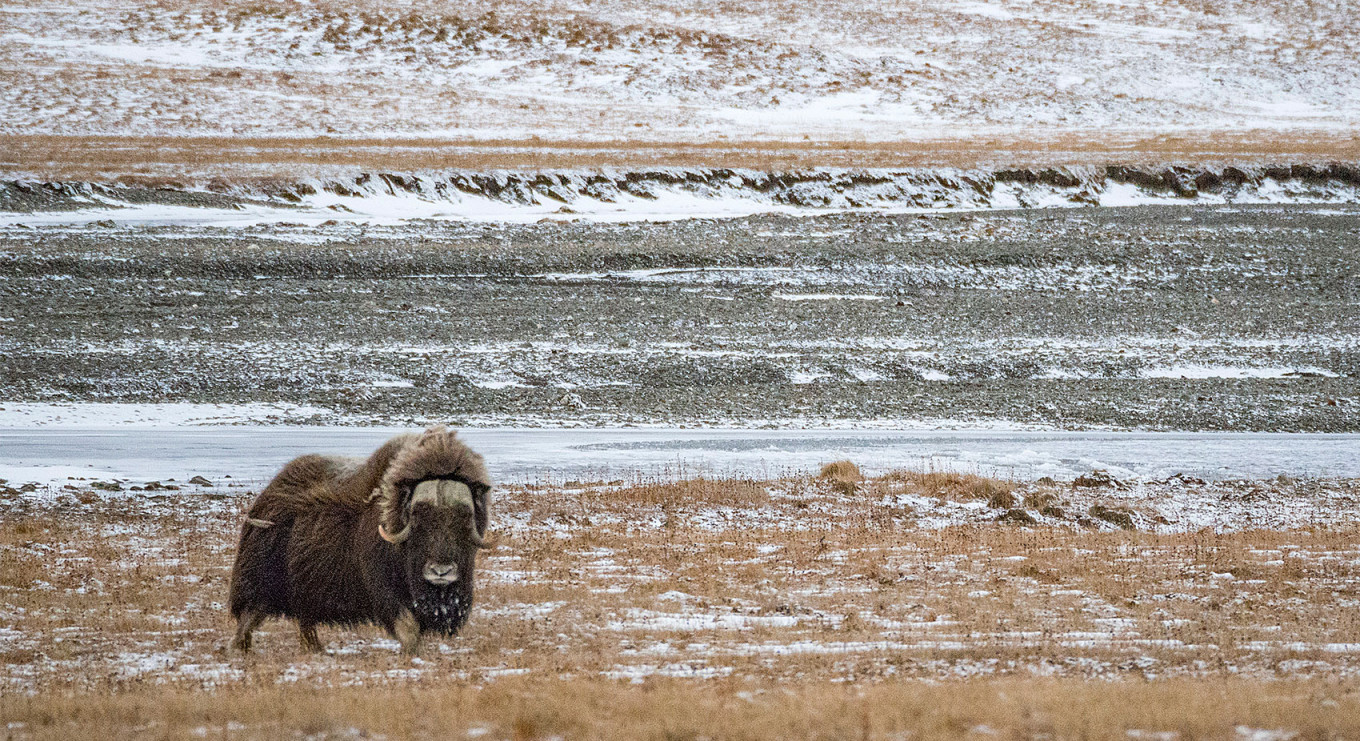
Muskoxen, the largest Arctic land mammal, once roamed Asia alongside the woolly mammoth and woolly rhino during the Pleistocene era.
Anastasia Igorevna Petukhova (CC BY-SA 4.0)
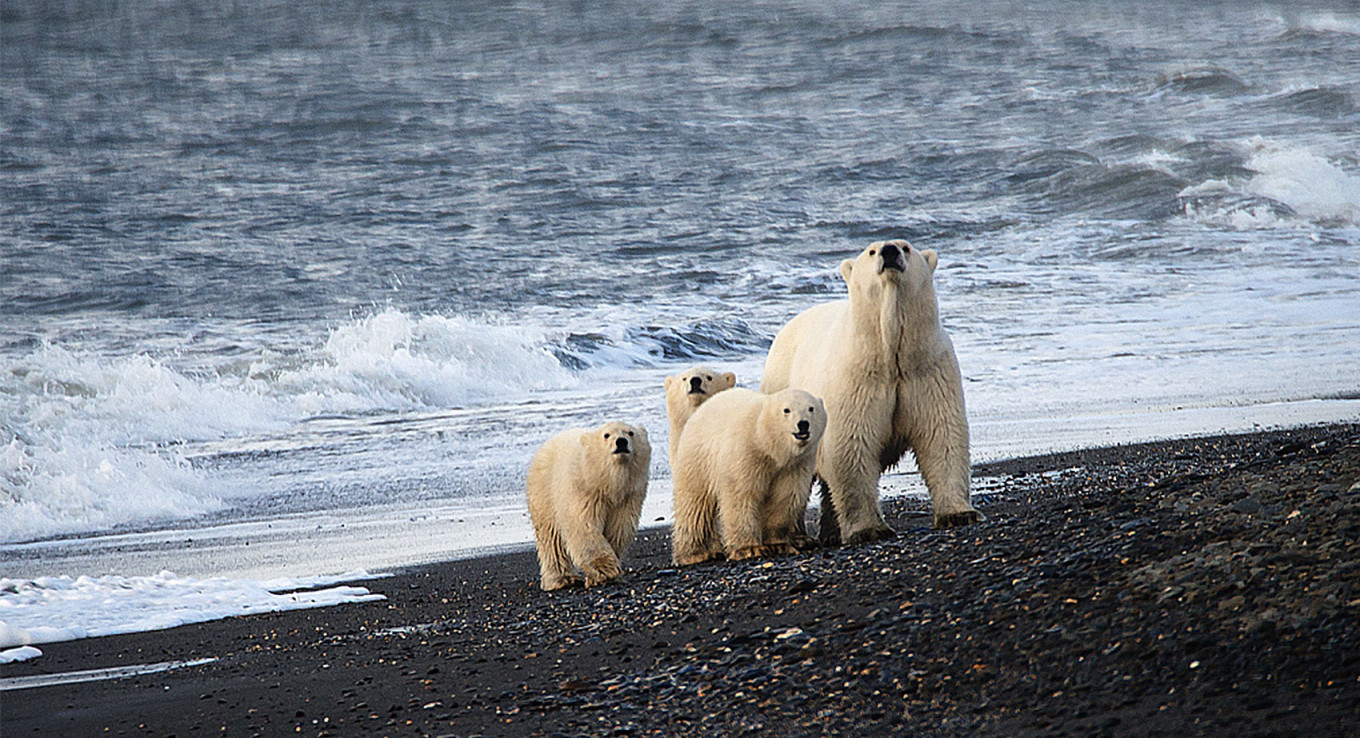
Greenpeace Russia called the island "the main maternity hospital and nursery for the polar bear" as it is a main denning area for the bears.
Anastasia Igorevna Petukhova (CC BY-SA 4.0)
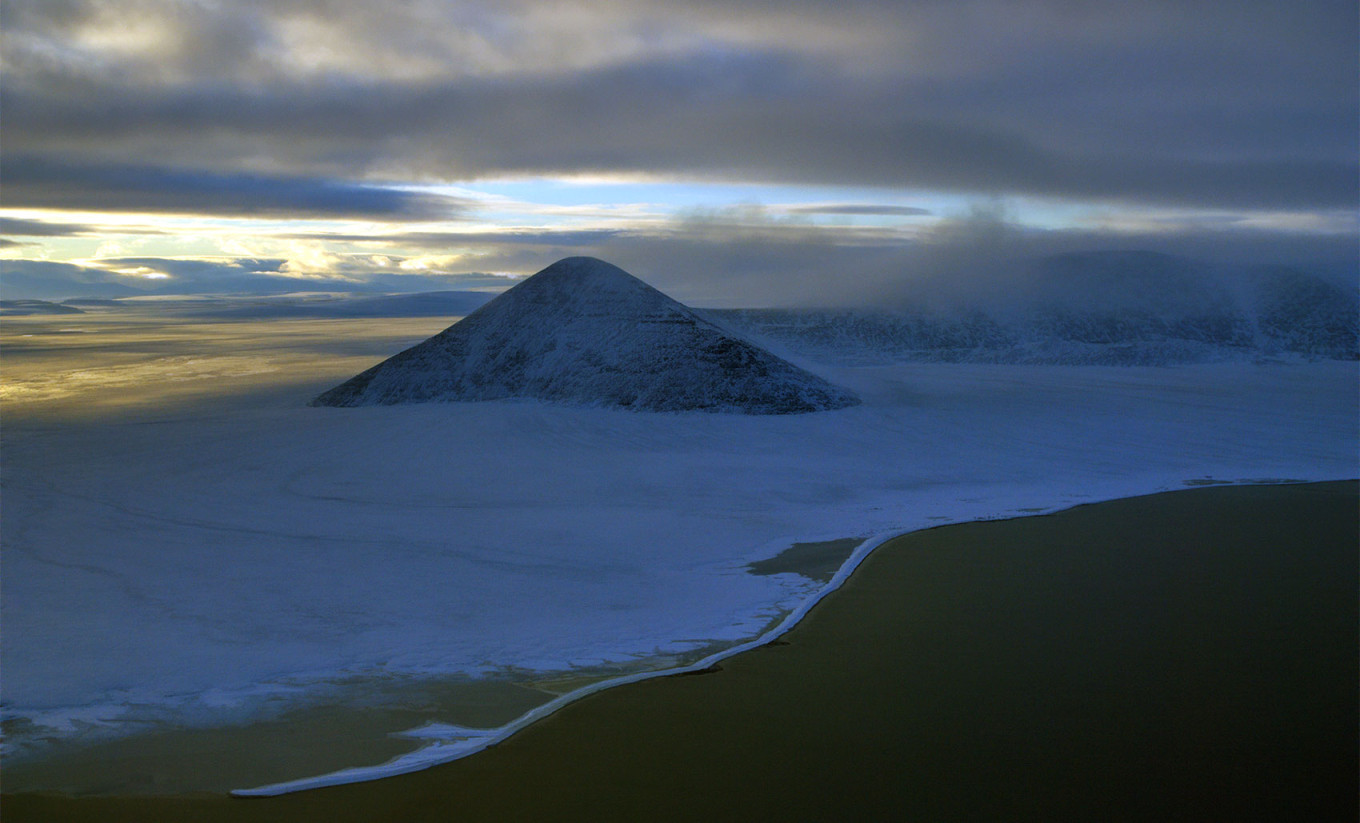
While Russia classifies Wrangel Island as a Federal Nature Reserve, or Zapovednik, the highest level of protection, this classification is at risk.
Boris Solovyev (CC BY-SA 4.0)



